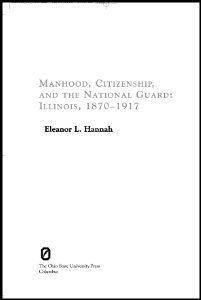By J.C. Both, M.C. Mouguia and M.E. de Bruijn.
In this report we elaborate on the historical dimensions of young people’s enrolment and use in armed groups or armed forces in the Central African Republic (CAR). While this phenomenon, also understood as the enlistment and use of child soldiers, is often seen as a recent phenomenon, the report aims to show that children and adolescents have historically been involved in self-defence groups or were forcefully recruited in what is currently the territory of CAR. In the past, they were not called child soldiers; they may not even have always been seen as children due to different cultural definitions of childhood. However, the phenomenon is not new as will be shown in this report.
Leiden: African Studies Centre, 2020. 81p.



